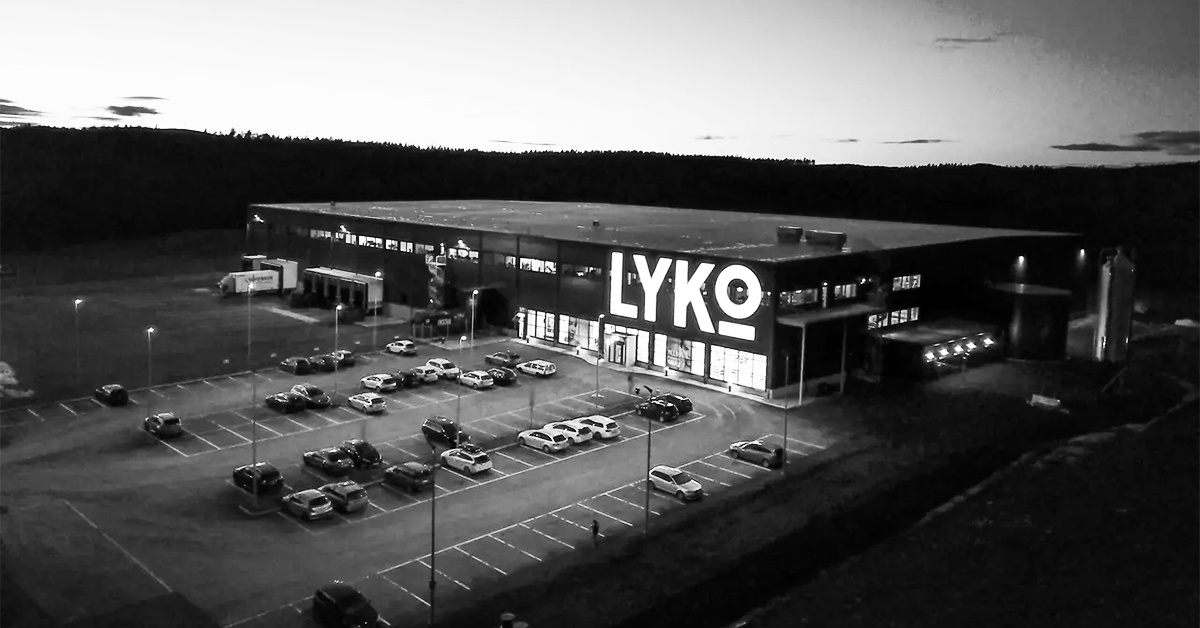Fleggaard
Pushing the Boundaries for Customer Service and Operational Efficiency
March 2009
For Matas, a new goal of becoming a ‘world-class retailer’ was the motivation for collaborating with Langebæk. This goal was a direct result of the voluntary chain of independent retailers being acquired by the private equity firm, CVC Capital Partners. This acquisition led to increased demands on the chain’s profitability. ‘But even without the new goal, there was clearly room for improvement,’ says Jesper Amsinck, Logistics Manager at Matas.

‘With the optimisation of logistics, we have seen significant improvements across the supply chain,’ says Jesper Amsinck.
July 2009: At the time of the acquisition, the chain consisted of nearly 300 individually managed stores with an assortment of 20,000 products. The selection of goods on the shelves was largely up to each store owner/manager, who spent up to one day a week placing orders. Half of the orders were delivered directly to the stores by 150 suppliers, while the other half, equating to 55,000 pallets per year, were shipped from Matas’ own central warehouse.
‘One of the main tasks we faced was to optimise the operation of the central warehouse,’ explains Jesper Amsinck. ‘For example, we had to take into account the significant differences in storage, handling, and distribution requirements for everything from headache pills to nail polish remover. At the same time, almost the entire warehouse was manual. Every day, our 60 employees picked between 15,000 and 25,000 order lines. The layout of the warehouse meant they often had to move around the entire warehouse – both on the ground floor and the mezzanine – to complete an order. Moreover, there was only one elevator for goods between floors, which created a bottleneck. We also had goals to improve delivery to the stores, reduce their stock levels, and cut down on the time spent on order placement and receiving goods at the stores.’
Together with Langebæk, Matas began a comprehensive logistics optimisation process in the spring of 2008. The many changes have each improved different aspects of logistics, but it is only when viewed in context that their true significance becomes clear. As Jesper Amsinck explains, this also applies to the new layout of the mezzanine. ‘Today, it is divided into three areas, each organised differently, taking into account product categories, product characteristics, turnover speed, and so on.’

The new layout has itself led to greater efficiency, but it is the combination with organisational changes that has truly enabled major improvements. Today, employees pick in three teams, each responsible for a specific area. We’ve also introduced a superuser level, which has decentralised responsibility to the employees on the floor.
In parallel, we have invested in several new technologies, including voice-controlled picking (pick-by-voice) and two automated warehouse systems to bring goods down to the ground floor, where orders are now consolidated into product categories. This has made goods receiving in stores much easier. One of the major benefits is the WMS system, which gives us better information and has allowed us to automate some processes – for example, we have introduced automatic reordering of our own product lines based on real-time sales and stock data from the stores.’
‘With the optimisation of logistics, we have seen significant improvements across the supply chain. For example, it is now much easier for the stores to order goods – today they spend as little as half an hour per week on a task that used to take an entire day. This has also resulted in a reduction in store stock levels by up to 40%, which has obviously contributed to improving our liquidity.’
‘What is equally important is that the investment has paid for itself within three years. The project shows what is possible when you think across the board and optimise the supply chain as a whole, rather than sub optimising each individual link in the chain.’


Hair and beauty e-commerce giant doubled the order capacity without an effect on the daily production